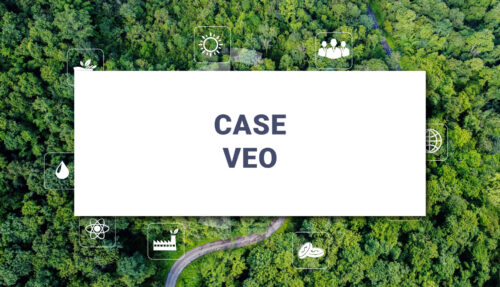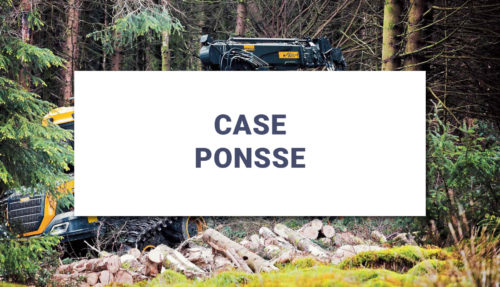Flying squirrel LIFE is a comprehensive environmental project that improves the conservation of the flying squirrel in Europe. The project, spanning 6,5-years, involves 18 partner organizations from Finland and Estonia.
Conservation of the flying squirrel causes notable tension in land use related discussion. The tension is often amplified by a lacking dialogue between parties, which tends to lead to misunderstandings. Insufficient planning or a risk analysis left undone are often part of the underlying causes. Unfortunately, these are challenges that can leave the environment as well as other land use objectives neglected.
Inclus’ role in Flying Squirrel LIFE has focused on the commercial forest sub-project that aimed to coordinate flying squirrel conservation and forest owners’ land use objectives. Inclus provided a collaborative tool and an open process for assessing land use action plans and their environmental risks. Eija Hurme from Metsähallitus, Parks & Wildlife Finland is the project manager for the Flying Squirrel LIFE project.
“We adopted Inclus’ collaborative tool to streamline an otherwise burdensome practical process. The goal was to co-create action plans to coordinate commercial forest land use and flying squirrel conservation with a multiprofessional group of stakeholders. We needed a new and practical solution that could facilitate an open process and support the assessment of extensive materials.”
Eija Hurme, Metsähallitus Parks & Wildlife Finland
Identifying and considering differing views
The collaboration with Inclus started when the commercial forest sub-project was kicked off in the Autumn of 2018 and lasted until its completion in late 2021. Involving stakeholders and identifying their views played an important part in the preparation of the action plans, according to Hurme.
“Developing the action plans for commercial forest land use was done as a joint-effort by the partner organizations, whereafter the action plans were reviewed and accepted by environmental officials i.e. Centre for Economic Development, Transport and the Environment. The flying squirrel is a strictly protected species, which is why the risk management focused primarily on long-term conservation.” Hurme continues.
The participating partner organizations included Finnish Forest Centre, Metsähallitus Forestry Ltd, The Finnish Association for Nature Conservation, The Central Union of Agricultural Producers and Forest Owners (MTK), Metsähallitus Parks & Wildlife Finland and several regional Centres for Economic Development, Transport and the Environment.
Having an open process and establishing mutual understanding are crucial in a project like this. “Co-creating the action plans was challenging, as expected, due to the participants’ differing views on commercial forest land use. We surveyed and included the forest owners’ wishes in the action plans while ensuring flying squirrel conservation in compliance with the Nature Conservation Act. The professional terminology brought its own challenges, and we had to make sure that all parties understood exactly what was being discussed” Hurme says.

An exceptional co-creation and assessment process
The partner organizations managed to successfully co-create and assess 37 land use action plans for individual commercial forests using the Inclus software. Included forests consisted of private-owned forests (75 %) and state-owned multi-use forests (25 %).
Participants were asked to assess the impact and risks of the action plans in relation to flying squirrel conservation. The assessment was comprehensive as it comprised various angles and a thorough review of the legislature. Inclus provided a practical tool for managing the assessment process, which was supported by online planning meetings when needed.
The co-creation and assessment process was exceptional because the decision-making was based on consensus instead of voting. In other words, the action plans were iterated until they were mainly accepted by the partner organizations. In many cases multiple assessment rounds and smaller compromises were needed to finalize the action plans. The conservational aspects of the action plans, however, remained uncompromised. Clear cutting, for example, was discussed extensively and options for it were examined, but eventually clear cutting was part of some action plans where it did not threaten the flying squirrel. There were also cases where environmental officials were given the final decision.
“We achieved our objectives and all partner organizations remained in the process. Despite our differing views we managed to encourage dialogue, constructively explain differing perspectives, and find viable solutions. Inclus was really helpful in this as the tool allowed us to gather different views into one place to support dialogue and decision-making.”
Eija Hurme, Metsähallitus Parks & Wildlife Finland
Flying Squirrel LIFE continues working for and promoting flying squirrel conservation and sustainable forestry. The majority of the action plans have proceeded to their implementation phase. Occupancy of the flying squirrel will be monitored in these locations in coming years. The created action plans and learning experiences from the process are used as examples in the educational material that is under development and scheduled to be published in 2023.




